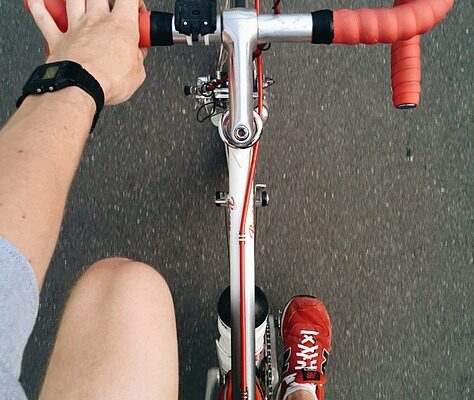Cycling can be done both outside and inside. If the weather is not cooperating, you can ride a stationary bike.
Bicycling is a popular sport that many people like. There are numerous other benefits, such as the fact that yoga is a wonderful form of exercise and can declutter your head.
Cycling is a useful activity that is good for your body and mind, whether you are exercising or/and transportation to and from work or cycling in your spare time.
Cycling is for everyone, and there are various disciplines to accommodate a wide range of interests.
It is simple to get started. All you need to acquire are a bike and a helmet, as well as some basic cycling instructions, to get started. You will quickly progress from inexperienced cyclists to knowledgeable riders. Here’s all you need to know to start cycling.
What You’ll Require
Cycling does take some equipment to get started. The appropriate bike, helmet, and gear may make or break your cycling experience.
You’re not going to get the perfect equipment the first time, as with any new activity. Get equipment that works for you now, with the understanding that you can upgrade later as your cycling skills develop.
Bike
There are numerous bike kinds to pick from, and you should examine where you intend to pedal to choose which type of bike is best for you. A road bike is intended for use on paved streets, whereas a mountain bike is intended for use on rough terrain.
If you want to be able to bike in a range of settings, consider a hybrid bike. Experts recommend going bike shopping in person.
Instead of buying online, go to a local bike shop. The staff can help you avoid rookie mistakes like purchasing the wrong size bike.
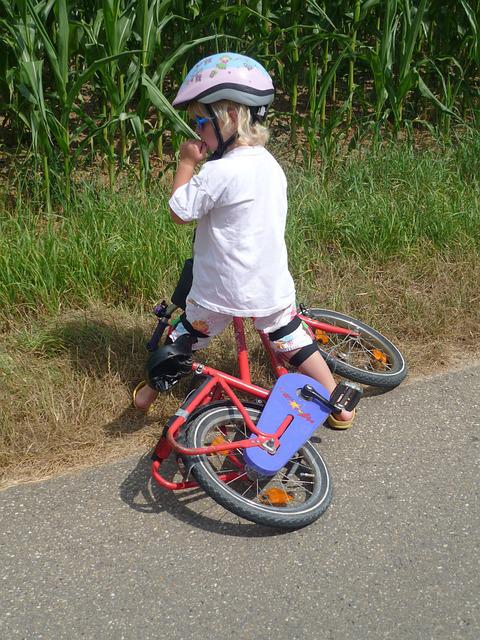
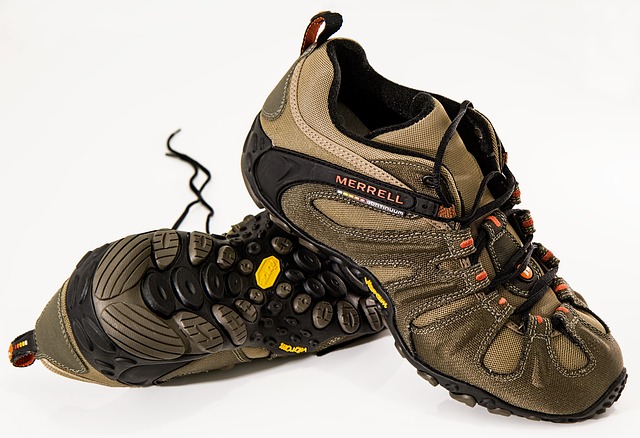
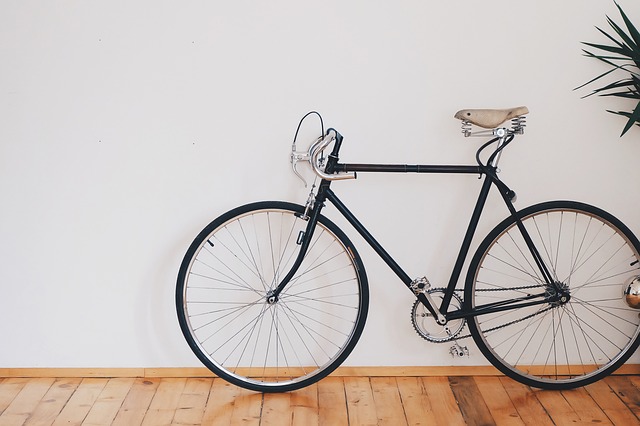
Helmet
Helmets are one of the must-haves to be safe in riding a bicycle. A helmet will protect your head in the event of a bike mishap or a fall on ice or slick pavement. Wear a helmet that fits comfortably and snugly on your head.
According to the League of American Bicyclists, the helmet should not move much while shaking your head to determine if it is the proper size for your head. Make sure your helmet and brows are separated by at least two fingers.
It may be necessary to try on numerous sizes and brands of helmets before you find one that fits. Some people prefer to begin with the smallest size and work their way up until they find a helmet that fits.
It might be a good idea or even beneficial to have a professional in a bike store fit you for a helmet. They can also advise you on MIPS (multi-directional impact prevention system) helmets. While slightly more expensive, these helmets may provide better head protection in the event of a crash. In simple terms, they have a slip plane or slip liner that allows the helmet to slide around your head during a crash, transferring less force to your brain.
Gear
Cycling-specific apparel and footwear might also be beneficial. When you’re just starting out, you can wear whatever you want until you discover what works best for you.
Pick up second hand equipment and apparel from less expensive places, or just use what you have and start from there. You don’t need to be dressed up with the latest cycling jersey.
However, keep in mind that cycling clothing is intended to make you more comfortable during your ride and may enhance your love of cycling. Padded bicycle shorts, for example, are extremely comfortable. Meanwhile, there are jerseys that are sweat-wicking and have pockets in the back for things like your phone, ID, and money.
Shoes
Cycling shoes with strong soles that snap into the bike pedal are the best.
If you’re just started bicycling, you can wear sneakers until you’re ready to transition to clip-on bike shoes.
Some bikes even include dual-sided pedals with a clip on one side and a regular platform on the other. This feature enables the rider to use either cycling shoes or regular sneakers.
Remember that because cycling shoes clip onto the bike pedals, there is a learning curve, so practice in areas where you can fall with minimal harm, scrapes, or scratches. Cycling shoes were found to be useful when riding uphill and executing high-power sprints in one study but not when riding at a steady and low-intensity rate.
Beginner Cycling Tips
While it is very easy to get started cycling, it is still vital to be prepared, especially if you are new to cycling. Check that your bicycle operates properly and fits you. Here are some extra steps you might want to take before embarking on a lengthy bicycle journey.
Get your bike tuned up and inspected
Even if you already have a bike that has been collecting dust in the basement or garage, it is critical to ensure that it is roadworthy. Before you go on your bike, have a professional inspect it to ensure it is in good operating order.
It is a good idea to take it to your local bike shop for a safety check and tune-up. After all, this is a piece of transportation equipment.
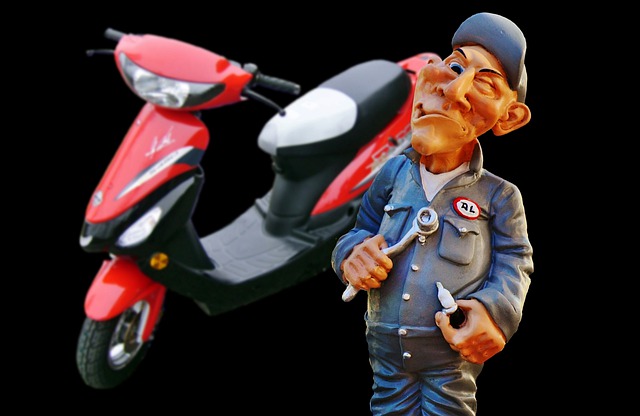

They can guarantee that your tires are correctly inflated and have no cuts or gashes, as well as that your brakes and gears work properly. If you don’t already have a bike, we suggests buying one from a bike store where they can guide you and verify the bike fits you and is ready to ride.
Before you hit the road, practice first
Riding a bike may appear to be simple. However, if you haven’t ridden a bike in a long, consider practicing first in a safe place with no traffic.
Test your abilities in an empty parking lot. You might have forgotten about the nuances of shifting, braking, and turning.
It is critical to ride with confidence. You want to ride with confidence, comfortably, and fast when necessary.
Understand Your Contact Points
Your hands, feet, and backside are all sites of contact. Making certain that your contact points are correct will improve your cycling experience.
How you position yourself on the bike is the most critical thing that determines your contact points. Riding a bike that doesn’t fit your physical size might put your body in an uncomfortable posture, causing problems with your contact points as well as other common cyclist discomfort sites like the spine and knees.
Participate in a Local Cycling Club
Getting involved with a local cycling club can be a great way to meet other cyclists in your area. A club or group allows you to connect with like-minded people who share your hobby and find others to go on bike rides with. You will also come across expert motorcyclists who can offer you guidance.

Riding with others will teach you so much. Making friends in your new interest also doubles the fun and helps you stay motivated and consistent.
If you have no luck finding a local cycling club in your area, you may choose to visit USA Cycling. This cycling governing organization can assist you in locating a group that is a good fit for you.
Beginner Cyclist Nutrition and Hydration
Staying hydrated and consuming nutritious foods will have a direct impact on your cycling experience. It is critical to stay hydrated and have refreshments ready when riding.
Pre-hydration is essential. That means drinking a couple of glasses of water with dinner the night before.
Drink water at least one hour before starting your bike to give your body time to absorb the fluids before you start sweating, he advises. There are also variances in what men and women require in terms of diet, particularly in terms of carbs. You should consult with a licensed dietician if you want additional information.
We recommends bringing full cycling water bottles as well as an energy bar or snack. You should also focus on eating before you’re hungry and drinking before you’re thirsty when riding.
Stick to actual food for fuel—something sweet and savory with a good balance of fats, proteins, and carbohydrates.
Safety Tips
There is a risk of injury, as with any sport or physical activity. While this should not prevent you from cycling (unless your healthcare professional advises you otherwise), there are several precautions you should take.
Wear reflective clothing and lights
Make sure your bike has lights, especially if you’re riding at night so that vehicles and pedestrians can see you. Wear a reflective vest or other luminous clothes so that cars can see you from a distance, so avoid wearing dark or black clothing.
Having lights on your bike and wearing brightly colored apparel is essential.
Follow the Rules
A bike is a different type of vehicle, and you must follow the same traffic laws as driving a car. Maintain vigilance and pay attention to stoplights and stop signs.
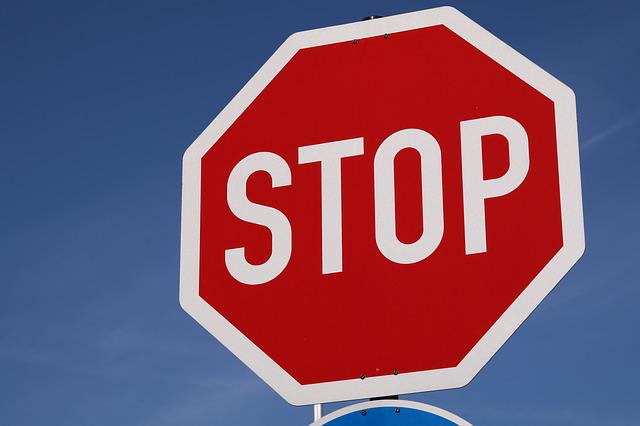
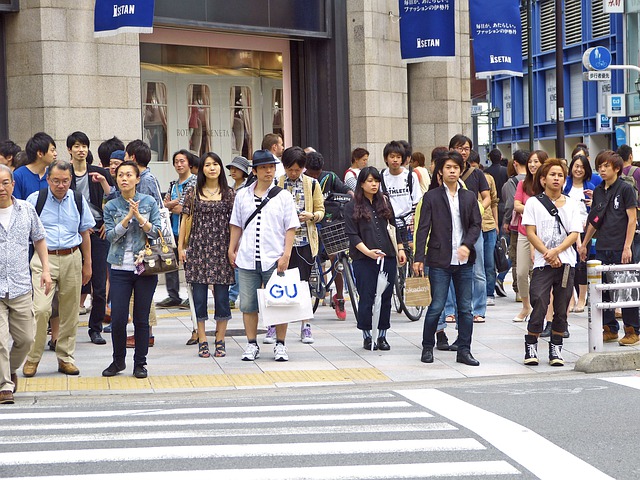
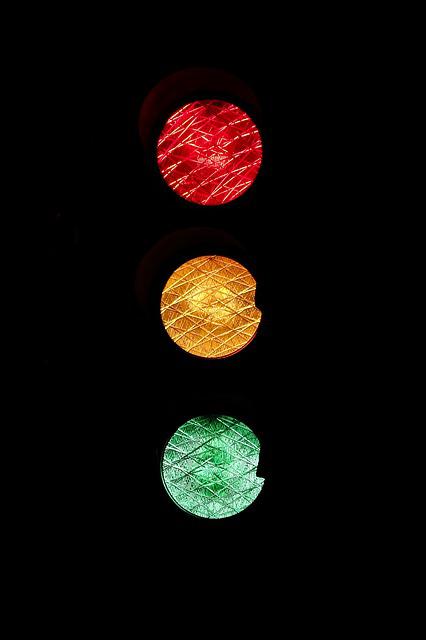
Don’t roll through stop signs expecting traffic or pedestrians to give you the right of way. Don’t expect drivers to constantly see you. Riding a bike does not absolve you from following traffic laws.
Put on a helmet
Whether you’re planning to go for a long bike ride or a little spin around the block, you should wear a bicycle helmet that fits your head properly. Buy a helmet that has been certified by the Consumer Product Safety Commission. A helmet will protect your head or even save your life in an accident.
To Conclude
To Make Your Ride Safer, Perform a Quick Pre-Ride Bicycle Check.
Cycling is a great way to get some exercise and spend time outside. The purchase of some equipment, such as a bike and a helmet, requires an initial cost. Furthermore, staying hydrated and eating well are essential for a fun and successful cycling program.
Before beginning a new sport or fitness program, consult with a healthcare physician. They can advise you on whether cycling is a suitable fit for you based on your medical history, level of physical activity, needs, and goals.
